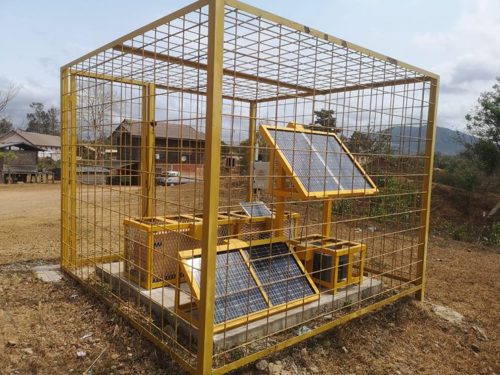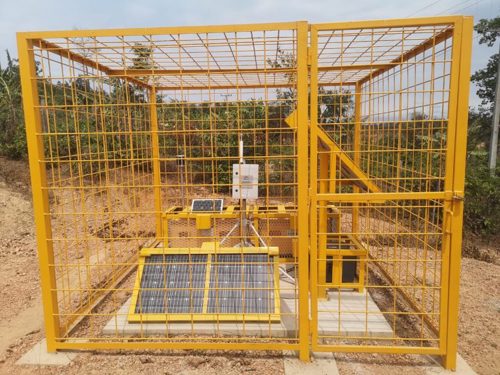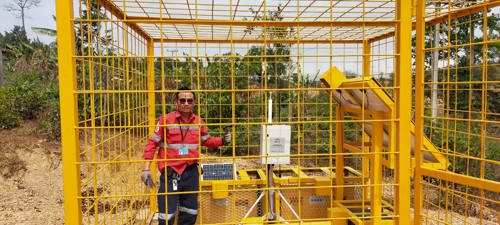Slash and Burn Season: Sepon Keeping Air Quality and Health Intact
April 09, 2021
In Sepon, our occupational health and hygiene (OH&H) team undertakes routine monitoring for air pollution in accordance with the Environment Monitoring Management Plan (EMMP) to ensure environment around the mine site is closely monitored, controlled, and healthy for employees and community.
Each year between February and April, Sepon mine would experience high level of PM2.5 due to agricultural slash and burn activities in the community. The highest on record was over 150 ug/m3 , which is three time above the healthy index.
Last month, the PM2.5 level in three villages near Sepon spiked above the standard average. Case in point, the PM2.5 in Ban Vieng was three times above standard index (on 18-19 March) and mostly attributed to community activities.
To monitor the air quality in real time, our occupational health and hygiene team installed the AirMetER-DX air monitoring equipment designed to monitor and record PM2.5 and PM10 dust fractions at the three villages near our mine in Ban Vieng, Ban Nonsomboun and Ban Meungluang; and in 2 locations at Hinsom and Padan camps.
The equipment can automatically generate reports sent directly to our OH&H team so that they could closely monitor the air quality in real time, as well as mitigate the risks posed from air pollution.
What are PM2.5 and PM10? They are the minute particles present in the air and can be highly harmful to our health. When the level of these particles increases and penetrate deeply in our lungs, we can experience a number of health impacts like breathing problem, burning or sensation in the eyes, etc.
What are the causes of PM2.5 and PM10? Agricultural operations, industrial processes, combustion of wood and fossil fuel, construction and demolition activities, and road dust are some of the major contributors of air pollution.






